With the rapid development of the manufacturing economy, CNC machine tools as a new generation of machine tools in precision machining manufacturing has been widely used. With the rapid development of precision machining technology and the requirements for the accuracy of machined parts, the accuracy of CNC machine tools has also put forward higher requirements. Although users in the purchase of CNC machine tools, are very important to the positional accuracy of the machine tool, especially the positioning accuracy of each axis and repeat positioning accuracy. However, the accuracy of these CNC machine tools in the end how? A large number of statistics show that: 65.7% of the new machine, the installation does not meet its technical specifications; 90% of the CNC machine tools in use in the wrong state. Therefore, in order to find and solve problems in a timely manner, improve the machining accuracy of parts, often monitor the working status of the machine tool, machine tool accuracy testing is very necessary.
At present, CNC machine tool positional accuracy testing usually uses international standards ISO230-2 or national standards GB10931-89 and so on. The same machine tool, due to the use of different standards, the resulting positional accuracy is not the same, so when choosing the accuracy of the CNC machine tool, must also pay attention to the standards it uses. CNC machine tool position is usually the reverse bias and positioning accuracy of the indexed axis. For both determination and compensation are necessary to improve the machining accuracy.
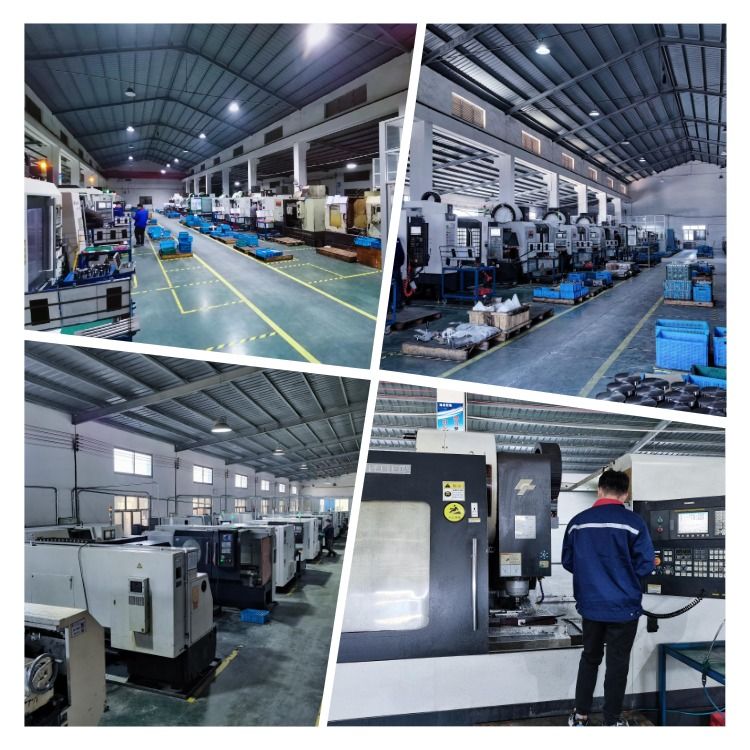
In the CNC machine tool, due to the drive elements on the drive chain of each axis (such as servo motors, servo-hydraulic motors and stepper motors) there is a reverse dead zone, the backlash of each mechanical motion transmission vice and other errors exist, resulting in the formation of reverse bias in the reverse movement of the axes by the positive to the reverse, usually also known as the backlash or loss. For the semi-closed-loop servo system of CNC machine tools, the existence of reverse bias affects the positioning accuracy and repeatability of the machine tool positioning accuracy, thus affecting the processing accuracy of the product. Such as G01 cutting movement, reverse bias will affect the accuracy of interpolation movement, if the deviation is too large will cause "round is not round enough, square is not square enough"; and G00 rapid positioning movement, reverse bias affects the positioning accuracy of the machine tool, so that drilling, boring and other machining holes to reduce the accuracy of the hole. At the same time, with the increase in the operating time of the equipment, due to wear and tear caused by the gradual increase in the gap, the reverse bias will also increase. Therefore, it is necessary to periodically measure and compensate for the axial reverse deviation of the machine tool.
Reverse bias measurement method:On the axis of the measured stroke, advance the forward or reverse motion by a certain distance with the stopping position as a reference, then give a certain value of the motion command in the same direction to make it move for a certain distance, and then move the same distance in the opposite direction to measure the difference between the stopping position and the reference position. Multiple measurements (usually seven) are taken at each of the three points near the middle and ends of the stroke, and the average value for each position is determined. The maximum of the average values obtained is the measured value of the reverse deviation. It is necessary to move a certain distance during the measurement, otherwise the correct value of the reverse deviation cannot be obtained.
When measuring the reverse deviation of linear axes of motion, the measuring instrument is usually equipped with a percentage gauge or a percent gauge. If conditions permit, measurements can be made with a dual-frequency laser interferometer. When using a dial indicator or dial indicator for measurement, it is important to note that the extension of the table base and the rod should not be too long or too long, because the cantilever of the measurement is long and the table base is moved by force, which leads to inaccurate counting and untrue compensation values. If the measurement is realized by programming, it can make the measurement process more convenient and accurate.
For example, to measure the reverse deviation of the x-axis on a CMM vertical machine tool, first press the gauge against the column surface of the spindle and then run the following program to perform the measurement.
N10 g91 g01 x 50 f1000;table moves to the right
N20 x 50;table left to eliminate drive clearance
N30 g04 x 5;pause viewing
N40 Z50;z-axis lift opening
N50 X-50:Table on left side
N60 X50:Table right shift reset
N70 Z-50: z-axis reset
N80 G04 X5:Pause observation
N90 M99.
Note that the results of measurements at different speeds of the table will vary. In general, the values measured at low speeds are larger than at high speeds, especially when the machine has a high axial load and resistance to motion. Low-speed movement table speed is low, not easy to overshoot (relative to the "backlash"), so the measured value is larger; at high speeds, due to the table speed is high, overshooting is easy to overshoot, the measured value is small.
The method of measuring the reverse deviation of rotary axes is the same as that of linear axes, except that the instruments used for testing are different.
Most CNC machine tools, positioning accuracy, there are many > 0.02mm, but no compensation function. For this type of machine tool, in some occasions can be programmed to achieve unidirectional positioning, and backlash can be cleared. Under the condition of constant mechanical parts, once the low-speed unidirectional positioning reaches the interpolation starting point, the interpolation process begins. When the false feed encounters the opposite direction, the backlash value is formally interpolated to improve the accuracy of the interpolation process. Basically, the tolerance of the part can be guaranteed.
For other types of CNC machines, there are usually a number of addresses in the CNC memory dedicated to storing backlash values for each axis. When an axis of the machine is commanded to change the direction of motion, the CNC will automatically read the backlash value of the axis, compensate and correct the coordinate displacement command value, so that the machine tool is accurately positioned at the commanded position, eliminating or reducing the adverse effects of small reverse deviations on the accuracy of the machine.
General CNC system only single backlash compensation available, in order to balance the accuracy of high and low-speed movement, in addition to a better job of machinery, only fast movement of the measured value of the reverse bias as the compensation value of the input, it is difficult to achieve a balance, taking into account the fast positioning accuracy and cutting interpolation accuracy.
For CNCs such as FANUC0i and FANUC18i, there are two types of gap compensation available for rapid motion (G00) and low-speed cutting feed motion (G01). Depending on the feed method, the CNC automatically selects to use different compensation values to accomplish higher precision machining.
Input parameter NO11851 (the test speed of G01 can be determined according to the commonly used cutting feed speed and machine characteristics), and input the value of the tooth gap G00 measured by G00 into parameter NO11852. It should be noted that, if the CNC system performs the specified gap compensation individually, bit 4 (RBK) of parameter No. 1800 should be set to 1; if RBK is set to 0, reverse gap is specified G02, G03, JOG and G01 use the same compensation value.
Positioning accuracy of CNC machine tool refers to the accuracy of the movement position of the moving parts in the measured machine tool that can be achieved in the CNC system, which is an important machine tool accuracy differentiated from the ordinary CNC machine tools, which has an important impact on the cutting accuracy of the machine tool along with the geometrical accuracy of the machine tool, especially on the hole machining in the pitch error has a decisive impact. The machining accuracy of CNC machine tools can be determined by the positioning accuracy it can achieve, so the positioning accuracy of CNC machine tools to detect and compensate for the necessary means to ensure the quality of machining.
At present, a dual-frequency laser interferometer is used to detect and process the machine tool. Based on the principle of laser interferometry, the real-time wavelength of the laser is used as the measurement standard, which improves the testing accuracy and expands the scope of application. The testing method is as follows.
Installation of the dual-frequency laser interferometer.
Installation of an optical measuring device in the direction of the coordinate axis of the machine to be measured.
Adjust the laser head so that the measuring axis is co-linear or parallel to the machine movement axis, so that the optical pre-alignment is aligned;
After warming up the laser, enter the measurement parameters.
Measuring the machine movement according to the specified measuring program.
Data processing and result output.
Compensated positioning accuracy
If the measured positioning error exceeds the allowable range of CNC machine tool error, the machine tool error must be compensated. The commonly used method is to calculate the pitch error compensation table and manually enter the CNC system of the machine tool
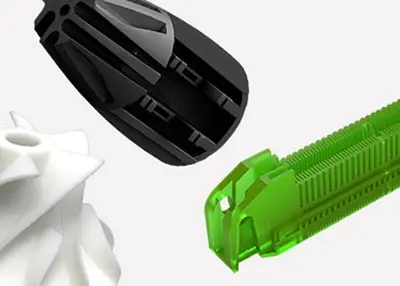 Material Selection for Stereolithography (SLA) 3D PrintingOctober 17, 2023When comparing the material properties of thermoplastics used in injection molding with "thermoplastic-like" materials used in an industrial 3D printing technology such as stereolithography (SLA), many factors come into play.view
Material Selection for Stereolithography (SLA) 3D PrintingOctober 17, 2023When comparing the material properties of thermoplastics used in injection molding with "thermoplastic-like" materials used in an industrial 3D printing technology such as stereolithography (SLA), many factors come into play.view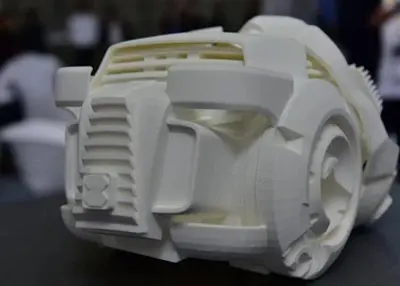 The Ultimate 3D Printing Guide: Types of 3D Printers, Materials & MoreApril 17, 2024Here is an ultimate guide to 3D printing technology, including types of 3D printers, materials, and more. Read on and choose the right one for your project.view
The Ultimate 3D Printing Guide: Types of 3D Printers, Materials & MoreApril 17, 2024Here is an ultimate guide to 3D printing technology, including types of 3D printers, materials, and more. Read on and choose the right one for your project.view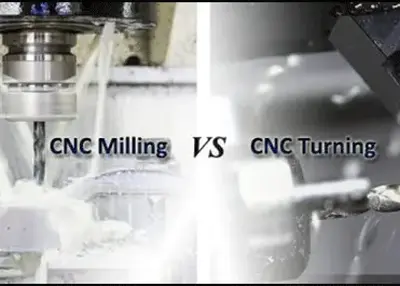 CNC Milling vs CNC Turning: Which Machining Process is Best for YouNovember 23, 2023CNC milling and CNC turning are two commonly used CNC machining methods, and they both utilize the CNC system to control the movement of the machine tool and achieve precise machining of the workpiece.view
CNC Milling vs CNC Turning: Which Machining Process is Best for YouNovember 23, 2023CNC milling and CNC turning are two commonly used CNC machining methods, and they both utilize the CNC system to control the movement of the machine tool and achieve precise machining of the workpiece.view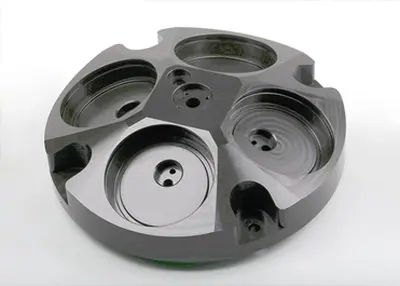 Understanding the Properties of Anodizing Process in One ReadingApril 4, 2023Nowadays, the use of metal technology is quite popular, and many machines in the market have large metal parts. One of the surface treatment processes for metal is anodizing, which is very commonly us...view
Understanding the Properties of Anodizing Process in One ReadingApril 4, 2023Nowadays, the use of metal technology is quite popular, and many machines in the market have large metal parts. One of the surface treatment processes for metal is anodizing, which is very commonly us...view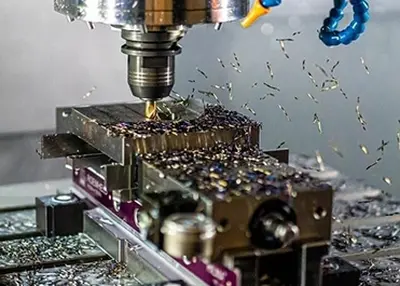 Demystifying CNC Lathe Machining – Unveiling the Precision PowerhouseNovember 3, 2023In the heart of precision manufacturing, CNC (Computer Numerical Control) lathe machining stands as a true marvel. It's a technology that has transformed the way we create parts and components across various industries.view
Demystifying CNC Lathe Machining – Unveiling the Precision PowerhouseNovember 3, 2023In the heart of precision manufacturing, CNC (Computer Numerical Control) lathe machining stands as a true marvel. It's a technology that has transformed the way we create parts and components across various industries.view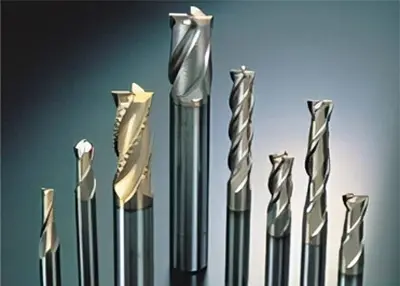 A Comprehensive Guide to Choosing CNC Machining ToolsJuly 19, 2023Description:Discover how to select suitable CNC machining tools through this comprehensive guide. Explore key considerations for choosing CNC machining tools, different tool types, and expert advice t...view
A Comprehensive Guide to Choosing CNC Machining ToolsJuly 19, 2023Description:Discover how to select suitable CNC machining tools through this comprehensive guide. Explore key considerations for choosing CNC machining tools, different tool types, and expert advice t...view
 EN
EN
 ru
ru 


